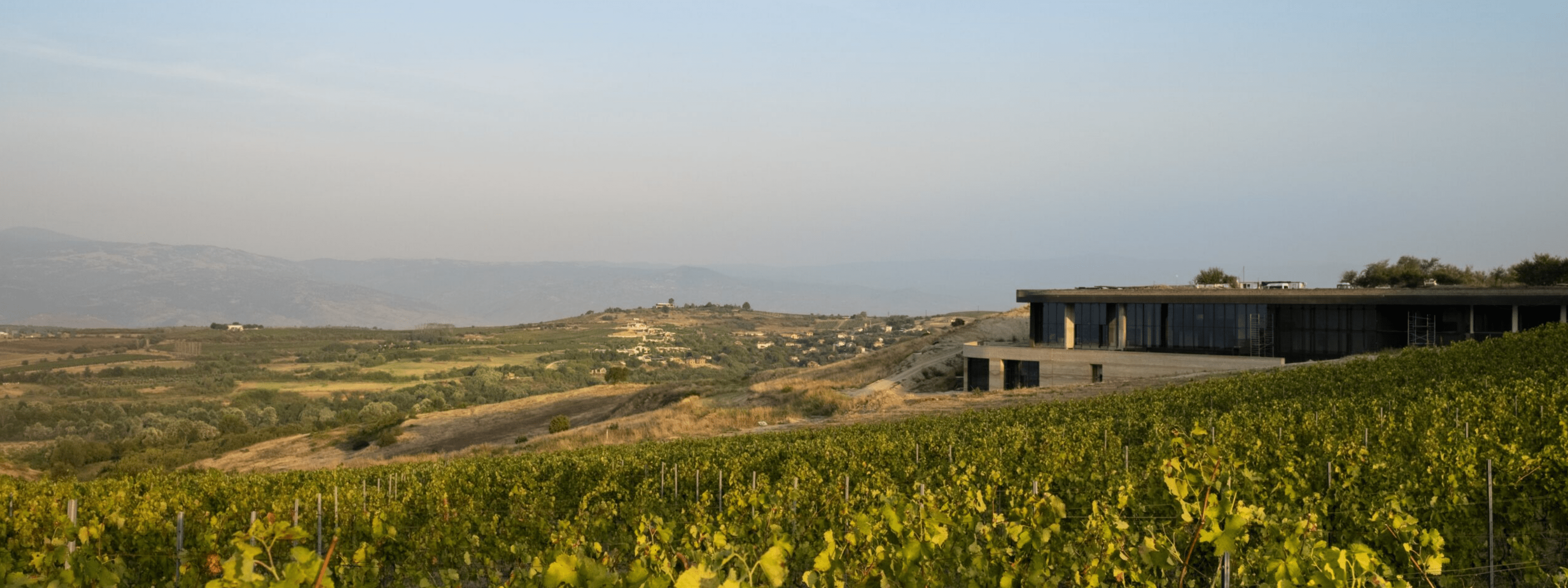
Your Guide to Swiss & German Wines - This Month's Novel Wines Explorer's Club
Welcome to this month's Novel Wines Explorer's Club, the UK's most exciting wine subscription for the curious drinker. Each month, we will introduce you to a new wine region as part of our promise to deliver no two wines the same for a whole year. Not a member yet? Subscribe here.
Looking for an older guide? See all the Explorer's Club guides here.
What's in this month's Explorer's Club?
For this month’s Explorers’ Club we visit the real heart of classical European wine, Switzerland and Germany. Twinned by similarities in language and culture, these are two very different regions in terms of wine production with Germany the much bigger sibling. However, Switzerland more than holds its own, with unique grapes and quality winemaking across the board. In this month’s box you’ll discover new wines, compare how a classic grape is influenced by both countries and meet one of our long-time favourite producers! So grab your passport and join us for a wine adventure around Germany and Switzerland. Prost!
Switzerland tends to fly under the oenological radar. It appears to be a place where wine is more likely to be drunk in swish lakeside hotels by serious men in suits than actually grown. Which is unsurprising given that only 1% of its total production is exported! However, it deserves to be more widely appreciated as the quality is high due to the real personal care and attention needed to grow wine in some of Europe’s highest vineyards, even in co-operatives like Cave de la Cote.
The native white grape Chasselas dominates and the Swiss coax complexity and character from a fairly neutral variety, especially in the Western areas around Valais. Pinot Noir is the other hero and it tends towards a light, easy drinking style closer to Gamay.
Germany meanwhile is a massively diverse country with huge contrasts in soils and temperatures, cold in the north and continental and warm in the south and west, increasingly so. German wine can be an archaic, opaque world and at the top end it has a notoriously complicated classification system of dry to sweet -’ Prädikatswein’ with an historic focus on sweeter styles.
But is the modern face of winemaking we’ve focussed on in this box, with two dry wines and a very fun slightly off dry classic. We’ve also kept it simple and chosen two wines from the Rheingau, the traditional heart of German terroir and Riesling territory, and one from nearby Pfalz.
The Rheingau as it sounds like, is situated along the Rhein and benefits from the warming effects of that great river that contributes to Rieslings and Pinot Noirs full of fruit and freshness. Pzalz is the sunniest and driest part of Germany and this makes for expressive whites such as Zeter’s Grauburgunder.
Pull up a glass and let’s get started.
Chasselas is Switzerland's flagship white grape variety.Its a light white with a delicate nose of apple skins and lime blossom. However, it’s really all about the palate with Chasselas, and this is full of white peach and pineapple notes. It’s a perfect aperitif wine, refreshing and uncomplicated.
This is a bright, refreshing Pinot, very much in the Swiss mould. Its cherry red and Gamay like with aromas of raspberries and blackcurrants leading into a lean and zippy palate. All this makes for a very drinkable Pinot with lots of fruit. It drinks well on its own but its crisp red fruits mean that it works well with Chicken or even spicier fish dishes. Try it lightly chilled.
Staying with Cave De La Cote but jumping up in quality, this is a premium blend of two varieties launched in 1990 that ripen later to allow body, deep fruit and spice notes to develop. The Gamaret gives a spicy, peppery and black fruit note similar to Syrah while Garanoir provides the structure and soft tannin you will notice. Blueberry is layered over blackcurrant, blackberry and red cherry on the nose with smoky hues and a touch of nutmeg spice.This wine highlights the potential for Switzerland to produce plush, full bodied reds using these varieties.
A combination of slope angles, varied soils and warm, Rhineland micro-climates produces a unique Riesling with a complex heady sensation of sweet peaches and honey on the nose. It maintains a classic, perfect balance of a 'sweet and sour' palate of floral and citrus notes, leading to a finish that should last. This is quality German winemaking and the winery is located among lush vineyards at the banks of the Rhine River in the heart of the most important Riesling growing region in the world.
Grauburgunder is otherwise known as Pinot Gris and this wine is pure Pfalz, a warm West German region. From our friends at Oliver Zeter, this is an expressive dry white wine with juicy, warm aromas and flavours of ripe yellow fruits and lemon with quite a juicy finish. The wine was partially fermented in wooden barrels and left on fine yeast for a few months to add further complexity and richness.
It's worth tasting this alongside the Pinot Noir from Cave De La Cote to see the contrast between German and Swiss Pinot. This is a ripe version, warmed by the sun from the Rhine and shows the quality that Germany can produce. It explains why they drink so much of their own production! There are typical notes of cherry and strawberries but partnered with a noticeable toasted oak from the 10 months it spends in barriques. Highly versatile but try with duck breast or delicate, salt-marsh lamb.
Where can I find out more?
If you're not subscribed to the Club, crack on and get your subscription online by clicking here and join from only £49. If you'd rather just stock up on Swiss & German wine, go here.






